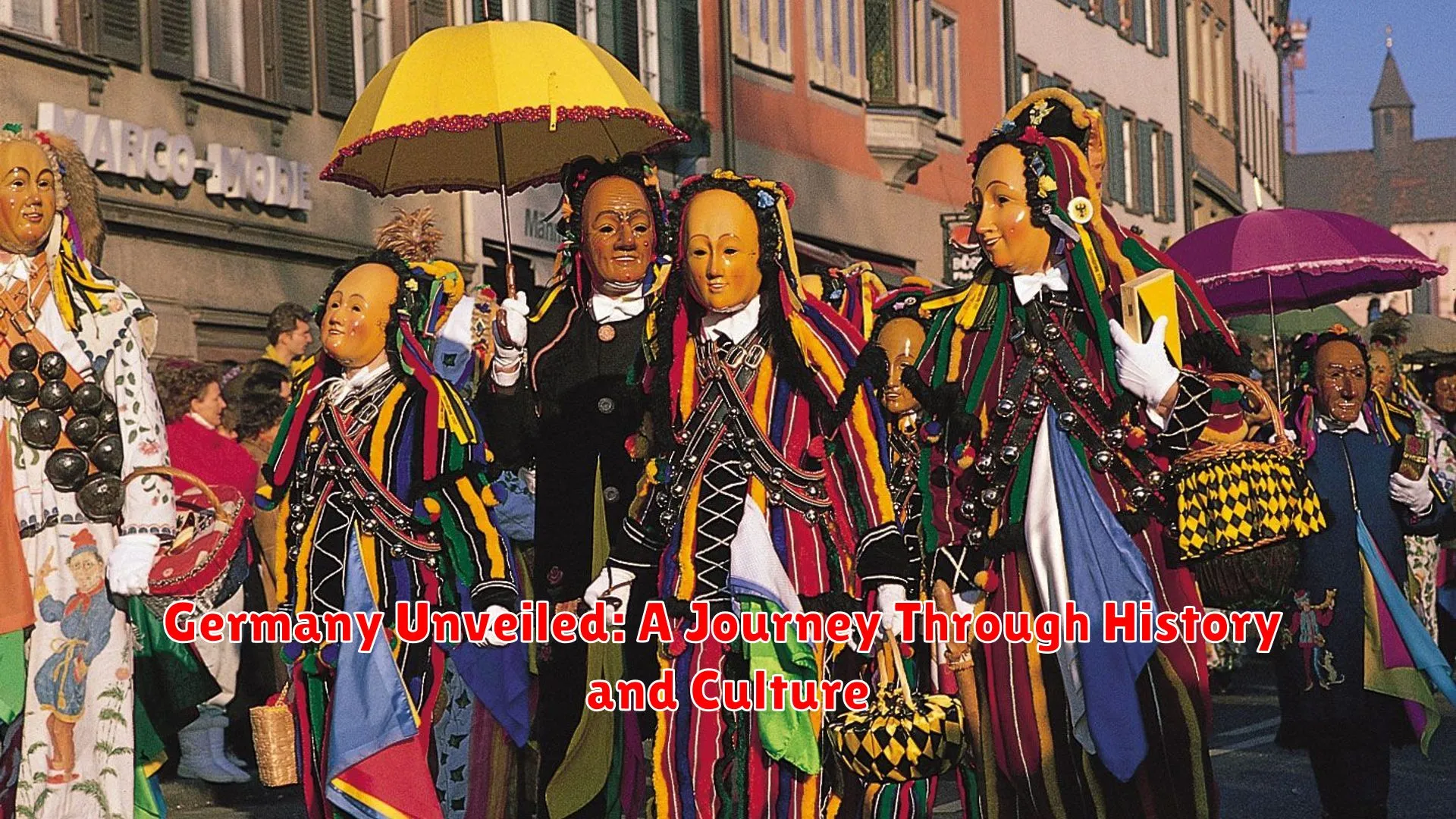Embark on a mesmerizing journey through the rich history and vibrant culture of Germany. Discover the untold stories, iconic landmarks, and unique traditions in this captivating exploration of Germany’s past and present in “Germany Unveiled: A Journey Through History and Culture.”
Tracing Germany’s Historical Roots
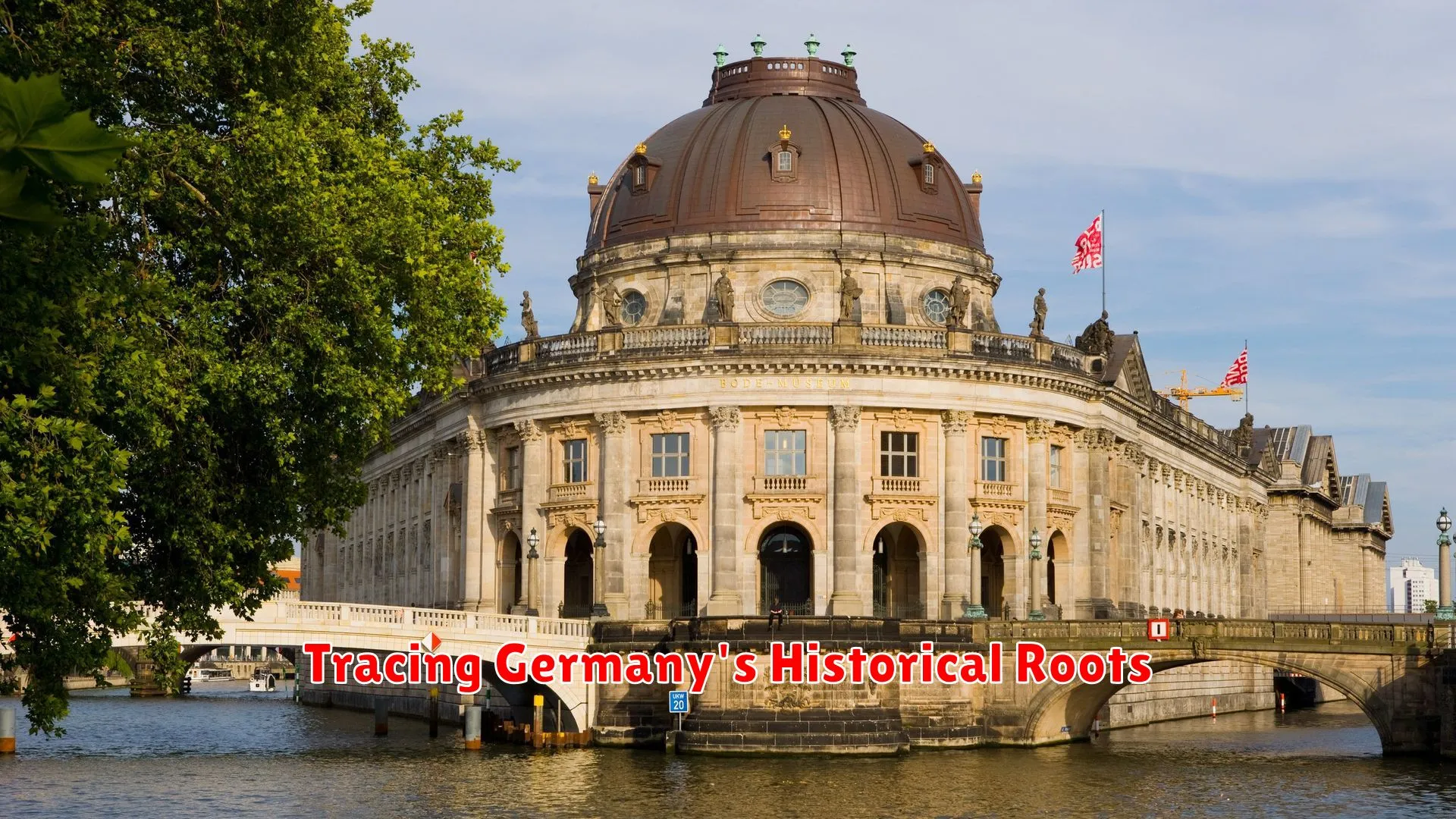
Germany’s rich history can be traced back through a tapestry of diverse historical roots that have shaped the country into what it is today. From ancient tribes and Roman influences to the Holy Roman Empire and the Prussian state, Germany’s historical journey is a fascinating exploration of cultural evolution.
One of the foundational historical roots of Germany is the era of the Germanic tribes, whose settlements and kingdoms flourished in the region during antiquity. This period laid the groundwork for the development of the German language, cultural practices, and societal structures that continue to influence modern Germany.
The influence of the Roman Empire, particularly during its occupation of Germanic territories, also left a lasting imprint on the region. Roman architecture, governance systems, and technological advancements influenced the development of infrastructure and urban centers that would later become integral parts of Germany’s historical landscape.
As history progressed, the Holy Roman Empire emerged as a significant political entity, uniting various German territories under a single imperial authority. This period of medieval history played a key role in shaping the cultural and political identity of Germany, laying the groundwork for future dynasties and monarchies.
The rise of the Kingdom of Prussia in the 17th and 18th centuries marked another pivotal chapter in Germany’s historical roots. Prussia’s military prowess, cultural achievements, and administrative reforms played a crucial role in shaping the modern nation-state of Germany and its trajectory towards unification.
Exploring Germany’s historical roots offers a glimpse into the diverse influences and legacies that have contributed to the country’s unique identity. From ancient tribal societies to powerful empires and modern nation-states, Germany’s historical journey is a testament to the enduring impact of its multifaceted past.
Modern Marvels in German Cities
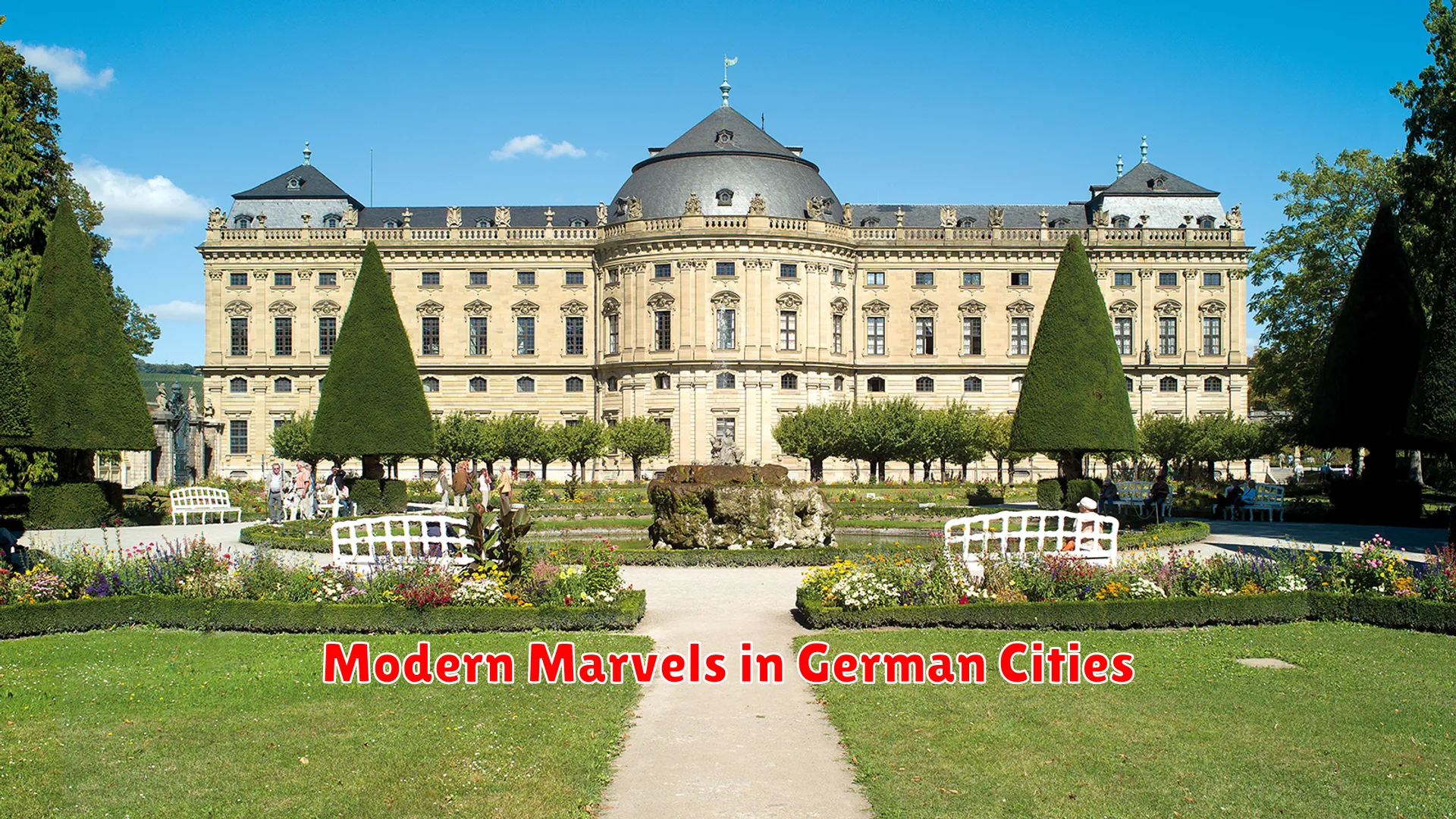
Germany is renowned for its blend of rich history and innovative modernity, creating a fascinating juxtaposition within its cities. When exploring Germany, one cannot help but be captivated by the unique modern marvels nestled amidst its historical sites. From state-of-the-art architecture to cutting-edge technology, German cities offer a glimpse into the country’s forward-thinking approach.
In cities like Berlin, the iconic Brandenburg Gate stands as a symbol of unity and peace, showcasing the harmonious blend of past and present. This architectural masterpiece serves as a reminder of Germany’s historical significance while remaining a popular spot for modern events and celebrations.
The city of Munich boasts the futuristic Allianz Arena, a stunning football stadium known for its innovative design and vibrant lighting features. This sports venue not only hosts thrilling matches but also serves as a prime example of modern architectural achievement in the heart of Bavaria.
Heading north, the city of Hamburg impresses with the Elbphilharmonie, a striking concert hall that has redefined the city’s skyline. This architectural gem combines old and new, featuring a historic brick base topped with a modern glass structure, offering visitors a unique cultural experience.
Not to be outdone, Frankfurt showcases the Main Tower, a skyscraper that dominates the cityscape and symbolizes Germany’s financial prowess. Visitors can enjoy panoramic views from the top of this modern marvel, providing a different perspective of Frankfurt’s historic charm and contemporary vibrancy.
As you journey through Germany, these modern marvels in its cities serve as a testament to the country’s commitment to preserving its heritage while embracing innovation. The blend of old and new creates a dynamic and captivating landscape that continues to draw visitors from around the world to experience Germany’s rich tapestry of history and culture.
The Beauty of the German Countryside
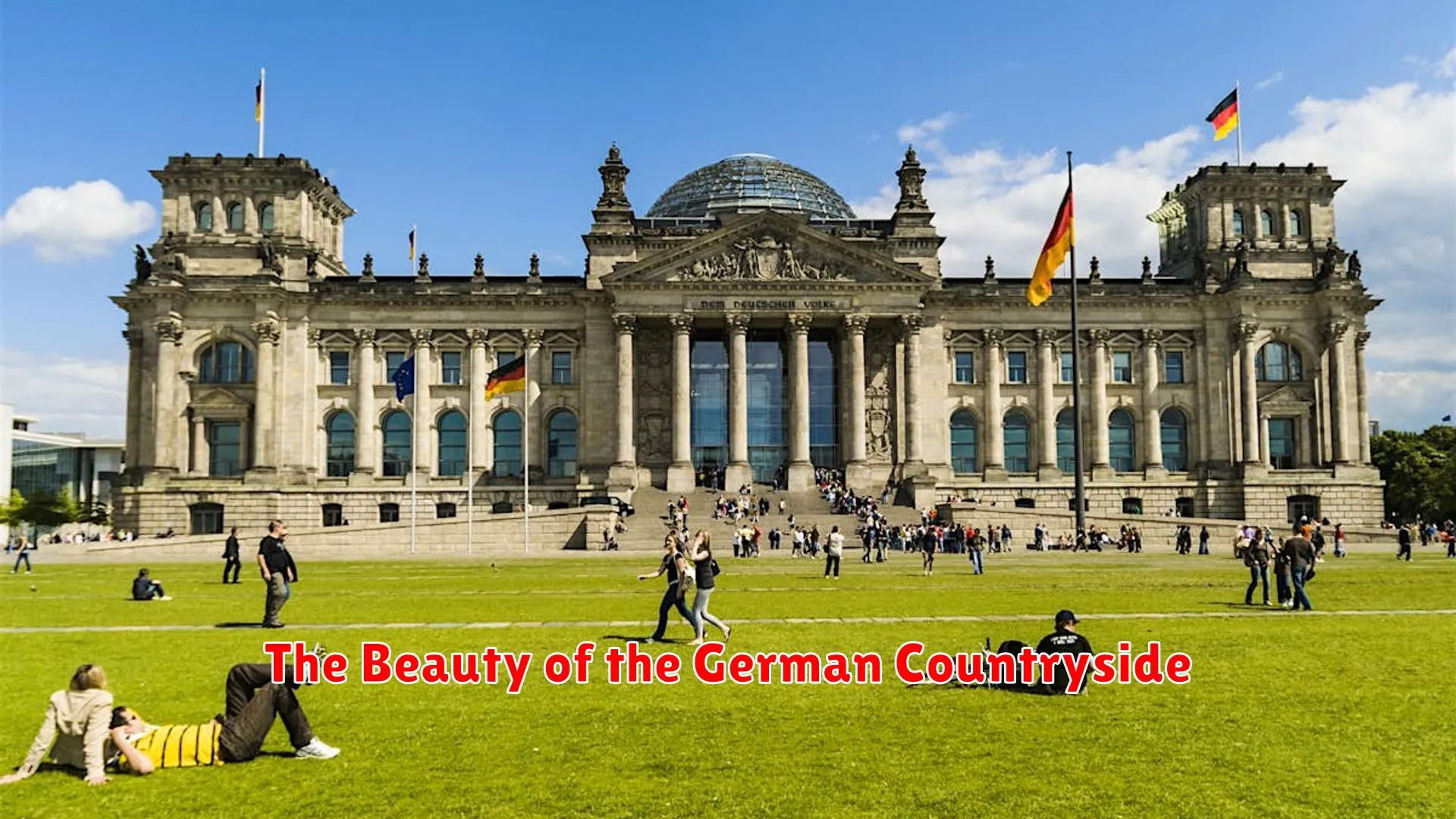
Germany is not only rich in history and culture but also boasts breathtaking natural landscapes that make the country even more enchanting. The German countryside offers a serene retreat from bustling cities, providing visitors with a glimpse of tranquil villages, rolling hills, lush forests, and meandering rivers.
One of the highlights of the German countryside is the Black Forest (Schwarzwald), a vast forested mountain range in southwest Germany. Known for its dense woodlands, picturesque villages, and cuckoo clocks, the Black Forest is a haven for nature lovers and outdoor enthusiasts. Hiking, biking, and exploring charming towns like Triberg and Freiburg are popular activities in this region.
The Bavarian Alps in southern Germany showcase majestic mountain peaks, crystal-clear lakes, and stunning vistas. Visitors can immerse themselves in the beauty of the Alps by hiking in the Zugspitze area, Germany’s highest peak, or visiting the idyllic villages of Garmisch-Partenkirchen and Berchtesgaden.
The Romantic Road, a scenic route that stretches from Wurzburg to Fussen, takes travelers through quaint villages, medieval towns, and historic castles. Along the way, visitors can admire the fairytale-like landscapes of the rolling hills of the Franconian wine country and the charming allure of Rothenburg ob der Tauber.
Exploring the German countryside provides a deeper understanding of the country’s heritage and allows travelers to witness the harmonious blend of nature and culture. Whether meandering through vineyards in the Moselle Valley, enjoying a cruise along the Rhine River, or admiring the beauty of the Baltic Sea coast, the German countryside offers a truly immersive experience for those seeking to uncover the country’s hidden gems.
Festivals and Traditions in Germany
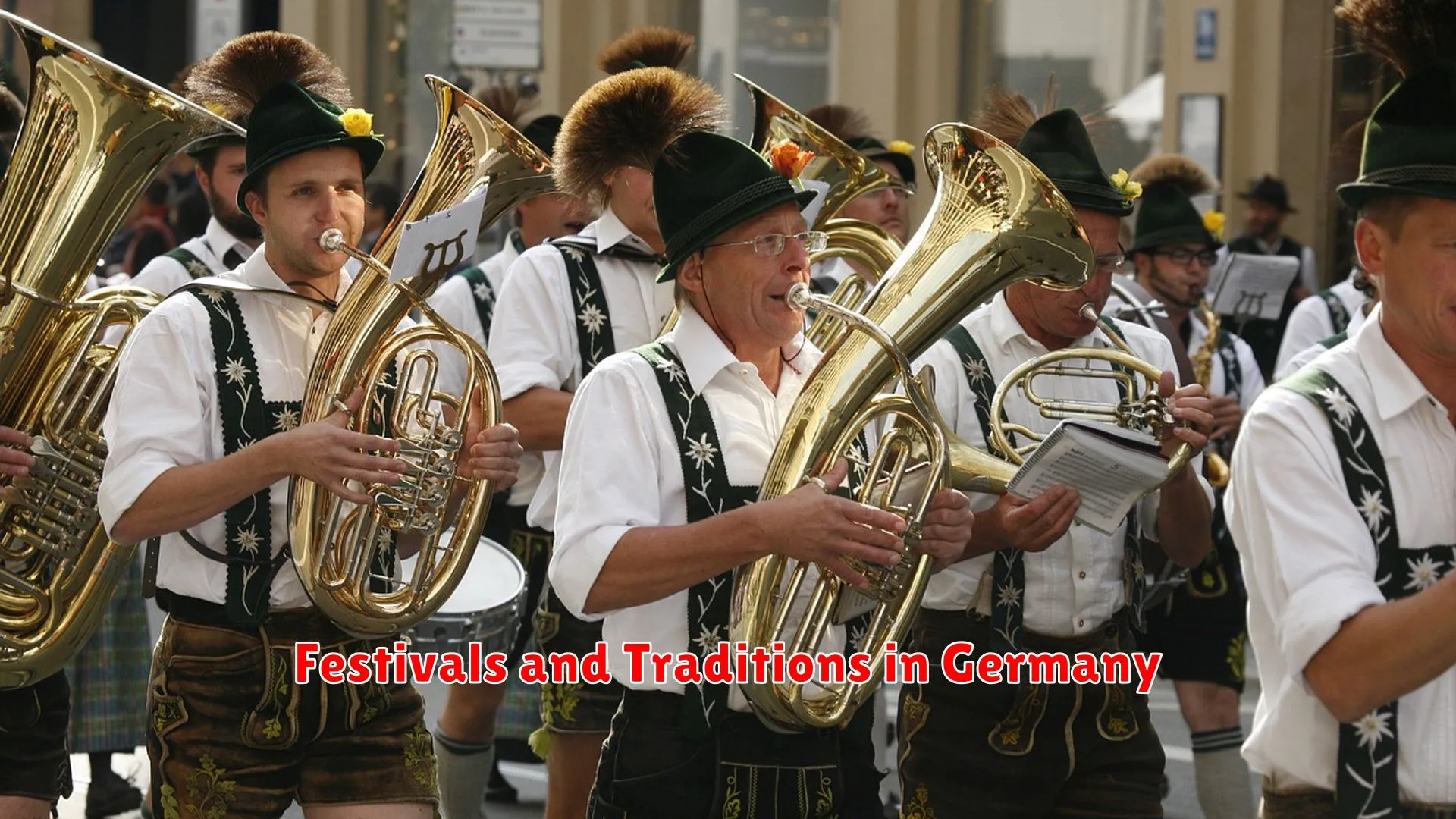
Germany is a country rich in cultural heritage, reflected in its vibrant festivals and deeply-rooted traditions. From Oktoberfest to Christmas markets, these celebrations offer a glimpse into the country’s history and customs.
Oktoberfest
One of the most famous festivals in Germany is Oktoberfest, held annually in Munich. This 16 to 18-day folk festival celebrates Bavarian culture with traditional food, music, dancing, and of course, beer. Visitors from around the world gather to enjoy the festivities, with over six million people attending each year.
Christmas Markets
During the holiday season, Christmas markets pop up in towns and cities throughout Germany. These markets, known as “Weihnachtsmärkte,” feature beautifully decorated stalls selling handcrafted ornaments, toys, and delicious treats like mulled wine and gingerbread. The festive atmosphere and twinkling lights make them a must-visit during winter.
Karneval
In regions like Rhineland, the annual Karneval celebration takes place before Lent. This carnival-like event includes colorful parades, elaborate costumes, and lively street parties. The traditions of Karneval date back centuries and showcase the German love for revelry and merrymaking.
Walpurgisnacht
On the night of April 30th, Germans celebrate Walpurgisnacht, a festival with roots in pagan traditions. Bonfires are lit to welcome the arrival of spring and ward off evil spirits. This mystical event is filled with folk customs and legends that add a touch of magic to the springtime festivities.
Conclusion
Exploring Germany’s rich history and vibrant culture reveals a tapestry of traditions, innovations, and resilience that define this remarkable nation.
